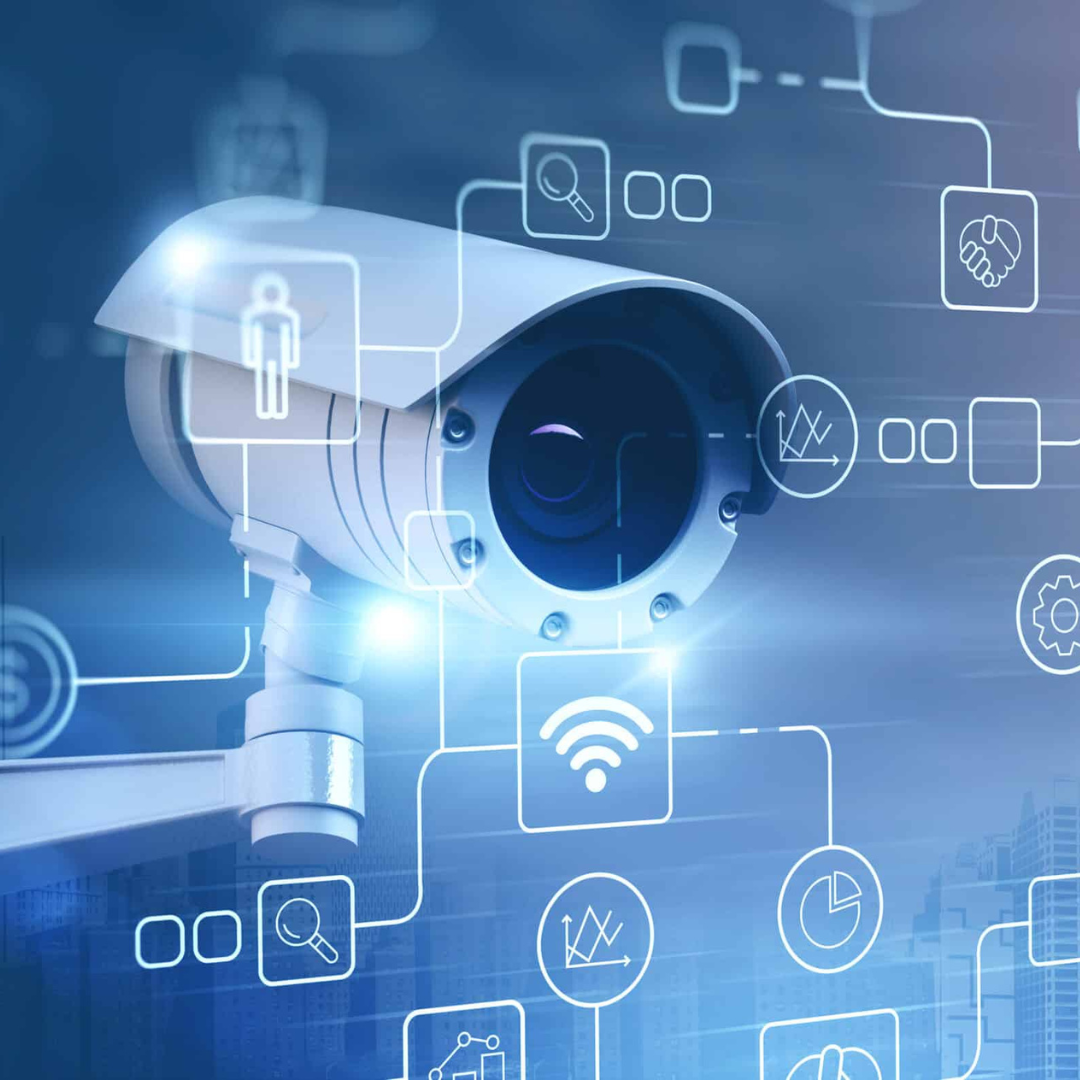The Importance of Access Control Systems in Commercial Security
2023-07-11 15:36:58

In today's ever-changing business landscape, ensuring the safety and security of commercial properties is of utmost importance. Access control systems play a vital role in safeguarding these environments, allowing organisations to control who enters their premises, monitor activities, and protect sensitive information.
This blog post aims to provide a comprehensive understanding of access control systems for commercial security, exploring their benefits, components, types, and best practices for implementation.
The Importance of Access Control Systems in Commercial Security
Access control systems serve as a fundamental layer of security for commercial properties. They go beyond traditional lock-and-key methods by providing granular control over who can access specific areas at designated times.
By restricting unauthorised access, businesses can mitigate the risk of theft, vandalism, unauthorised information access, and ensure the safety of employees and assets.
Components of Access Control Systems
Access Control Hardware
Access control systems consist of various hardware components that work together to control access to the premises.
These include:
- Card Readers: Devices that read access credentials, such as proximity cards or key fobs.
- Door Controllers: Electronic devices that manage the locking and unlocking of doors based on authorisation.
- Electric Locks: Locking mechanisms that can be controlled electronically, granting or denying access.
- Biometric Readers: Advanced systems that use unique biological characteristics, like fingerprints or iris scans, for identification.
- Exit Devices: Devices that allow easy egress from secured areas, ensuring compliance with safety regulations.
Access Control Software
Access control software is the central hub that manages and controls the entire access control system. It enables administrators to define access levels, set permissions, generate reports, and monitor real-time activities. The software also integrates with other security systems, such as video surveillance and alarm systems, to provide a comprehensive security solution.
Credentials and Authentication Methods
Access control systems employ various credentials and authentication methods to verify user identity.
These include:
- Proximity Cards and Key Fobs: Small devices that transmit a unique identifier when brought into proximity with a card reader.
- PINs (Personal Identification Numbers): Numeric codes entered on a keypad to authenticate access.
- Biometric Data: Unique physical characteristics, such as fingerprints or iris scans, used for identification.
- Mobile Credentials: Access credentials stored on smartphones, leveraging technologies like Bluetooth or NFC for authentication.
Types of Access Control Systems
Access control systems can be categorised into three main types:
Standalone Systems
Standalone systems are suitable for small-scale applications, typically managing access to a single entry point. These systems operate independently and do not require a network connection. Standalone systems are often used in small offices, storage rooms, or server rooms where access control needs are relatively simple.
Networked Systems
Networked access control systems are designed for medium to large-scale deployments. They utilise a network infrastructure to connect multiple access control devices and provide centralised management. Networked systems offer scalability, flexibility, and advanced features such as real-time monitoring, event logging, and integration with other security systems. They are commonly used in large corporate offices, educational institutions, and healthcare facilities.
Cloud-Based Systems
Cloud-based access control systems leverage cloud technology to manage and control access remotely. These systems provide the convenience of managing access from anywhere, eliminating the need for on-premises servers. Cloud-based systems offer scalability, easy deployment, automatic updates, and seamless integration with other cloud-based security solutions. They are ideal for businesses with multiple locations or those looking for a modern, flexible access control solution.
Best Practices for Implementing Access Control Systems
To ensure the effectiveness and reliability of access control systems, the following best practices should be considered during implementation:
Conducting a Security Assessment
Perform a thorough security assessment to identify potential vulnerabilities and determine access control requirements. This evaluation should consider factors such as the layout of the premises, sensitive areas, and regulatory compliance requirements.
Defining Access Levels and Policies
Define access levels and policies based on the principle of least privilege. Assign permissions to individuals or groups, granting them access only to the areas necessary for their roles. Regularly review and update access rights to adapt to organisational changes.
Integrating with Other Security Systems
Integrate access control systems with other security systems, such as video surveillance, intrusion detection, and alarm systems. This integration enhances overall security capabilities, enables event correlation, and simplifies incident response.
Regular Maintenance and Updates
Regularly maintain and update access control systems to ensure optimal performance and security. This includes firmware updates, reviewing system logs for anomalies, replacing worn-out components, and addressing identified vulnerabilities promptly.
The Future of Access Control Systems
The future of access control systems is poised for significant advancements.
Key trends include:
- Mobile Access: Increasing adoption of mobile credentials and smartphone-based access control, eliminating the need for physical cards or fobs.
- Artificial Intelligence: Integration of AI technologies for enhanced authentication, threat detection, and anomaly detection.
- Biometric Advancements: Continued innovation in biometric technologies, such as facial recognition and vein pattern recognition, improving accuracy and convenience.
- IoT Integration: Integration of access control systems with the Internet of Things (IoT), enabling seamless connectivity with other devices and systems.
Conclusion
Access control systems are indispensable for commercial security, providing businesses with the means to protect their assets, people, and information. By understanding the components, types, and best practices for implementing access control systems, organisations can make informed decisions to enhance their security posture.
As technology continues to evolve, access control systems will undoubtedly play a crucial role in ensuring the safety and security of commercial environments for years to come.


